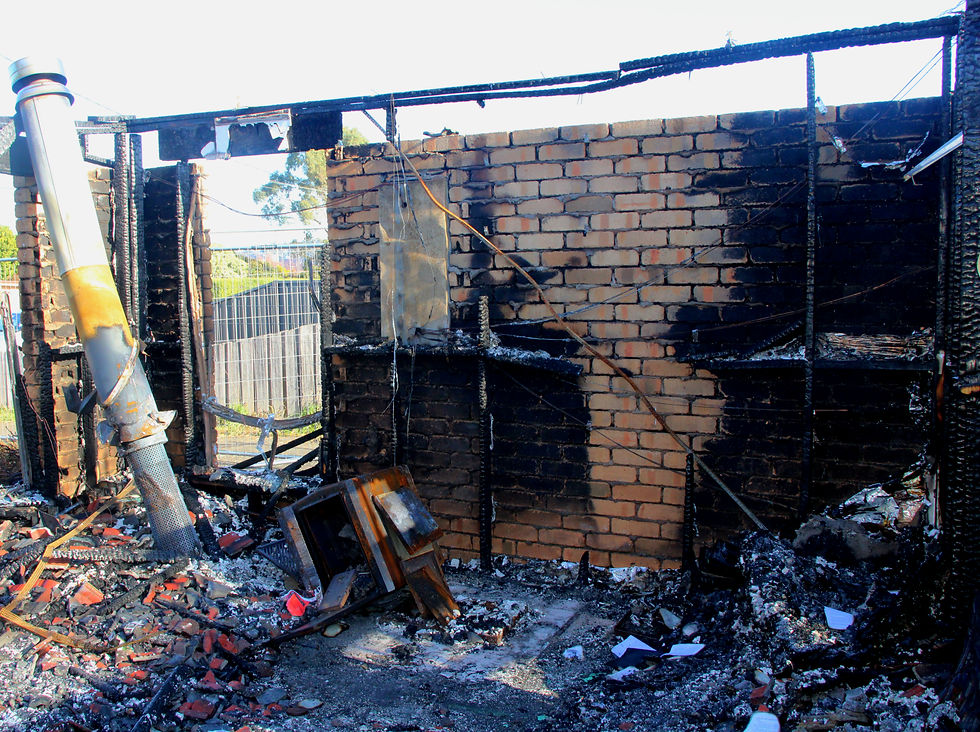The Combustion Heater Catastrophe: Why Standards Matter
- Vithyaa Thavapalan
- May 2
- 2 min read
Updated: May 30
Vithyaa Thavapalan BSc, MSc, GradDipFI, NAFI-CFEI, IAAI-FIT(V)
During the cooler seasons in Australia a devastating house fire occurred at a home in regional town. The homeowner had placed a few logs into the firebox of her recently installed combustion heater and gone to bed. A few hours later, she woke to a flickering glow in the living room. A fire had broken out. She evacuated immediately and called emergency services.
When I attended the scene, the damage was catastrophic. The open-plan living, dining, and kitchen area had been completely consumed. Roof tiles had failed, ceiling joists were gone, and a large portion of the house was structurally compromised. At the centre of the destruction stood the combustion heater.

The investigation revealed that the most likely cause of the fire was radiant heat from the heater itself. Over repeated use, this heat had degraded either the timber wall frame behind the unit or a wooden bookcase positioned adjacent to it.
This process of dehydration lowers the ignition point of combustible materials, making them more vulnerable to ignition even without direct flame contact. In this case, the heat had silently and invisibly built up over time, until one night, it was enough to start a fire.

Critically, the heater had not been installed to Australian safety standards. Under AS/NZS 2918:2001, combustion heaters must be installed with at least 1200 millimetres of clearance from any heat-sensitive surface. This clearance can be reduced only if an approved heat shield is installed between the heater and the combustible material. In this case, the heater had been installed just 300 millimetres from a plaster-lined timber wall, with no shielding whatsoever.

The heater had been in place for two years and was used each winter. This was only the second use of the season, which illustrates a critical point: fires like this may not start the first time an appliance is used. Instead, they emerge from repeated exposure to heat over time.
This is precisely why the standards are in place, not only to protect homes on day one of installation, but to ensure long-term safety with regular use.
For fire investigators, this case serves as an important reminder of why installation compliance matters. Understanding the science behind ignition and combustion is only part of the job. Equally important is the ability to assess whether the installation met the standards designed to prevent these scenarios. Investigators must ask about who installed the heater, whether they were qualified, and whether installation records or compliance certifications exist. This isn’t just for root cause analysis, it’s essential for determining liability and supporting recovery efforts through insurers or legal channels.
This was not a fire caused by recklessness or neglect. It was the result of a non-compliant installation, a simple oversight with devastating consequences. It reinforces the reality that the standards governing heater installation are not arbitrary. They are the difference between a warm winter night and a house reduced to ashes.



Comments